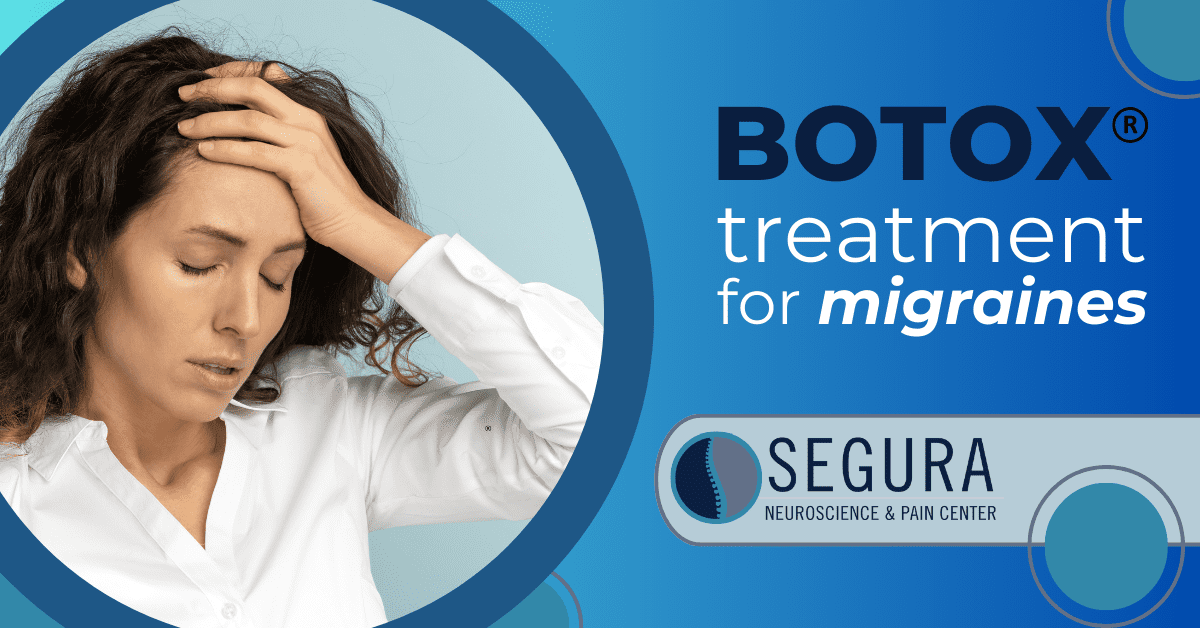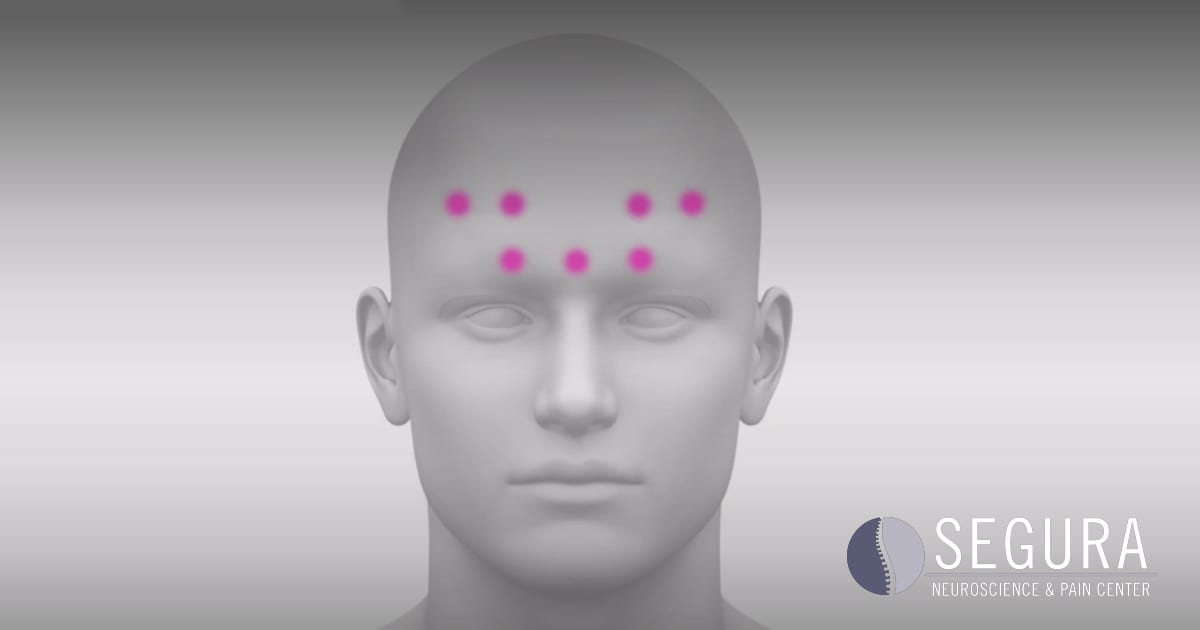
Botox injections are often thought of as a cosmetic procedure to keep Hollywood stars looking young, but applying Botox for migraines has helped many people deal with this debilitating, chronic pain.
What is Botox?
Botox is a neurotoxic protein produced by bacteria known as Botulinum toxin. While it is a toxin, when used precisely in very small doses, Botox can reduce muscle nerve activity for up to three months.
When migraines occur, the muscles in the head and neck contract due to the release of the chemical acetylcholine. Injected into the affected area, Botox blocks the release of acetylcholine, which prevents the muscles from contracting. Botox for migraines can help prevent or significantly reduce the number of headache days for migraine sufferers. When a headache does occur, Botox may also help manage symptoms, such as nausea or sensitivity to light, sounds or smells.
Botox for Migraines - Who is a Good Candidate?
Botox is only approved to treat chronic migraines in adults over the age of 18. People who suffer headaches 15 or more days each month with at least eight of those days showing the symptoms of a migraine may benefit from Botox injections. It can also be effective for those who don’t tolerate migraine medications or those who have not responded to other treatments. Many insurance companies will cover the cost of Botox when used for migraine relief.
What is the Procedure Like?
Expect a Botox for migraines treatment to take less than 30 minutes. Multiple injections will be given in key areas of the head and neck. There are a total of 31 potential injection sites, but the diagnosis will determine the number needed. While that may sound intimidating, the shots are given with a very small needle to minimize discomfort, and patients can leave the office as soon as the procedure is finished. Rarely do patients report even moderate pain following Botox injections.
What to Expect After the Procedure
While many patients can see results from their first Botox for migraines round, it may take two to four rounds to gauge the full effectiveness of the injections. Usually, the first two treatments are scheduled 12 weeks apart with additional treatments coming at 12-week intervals, as recommended by our doctors. Patients who are successfully treated with Botox injections say they have less frequent migraines and that the severity and duration are also decreased.

